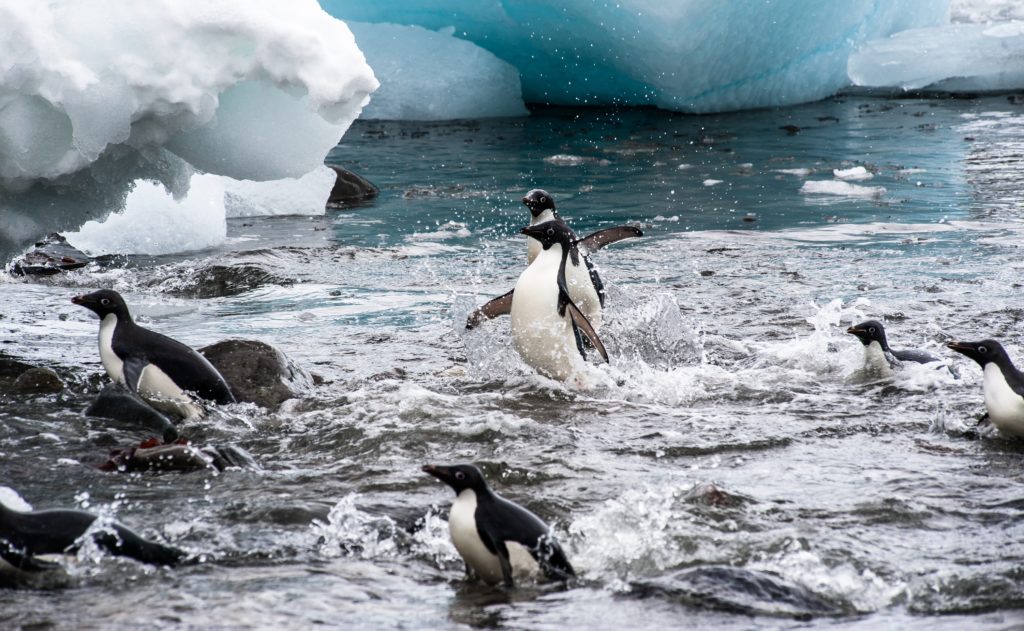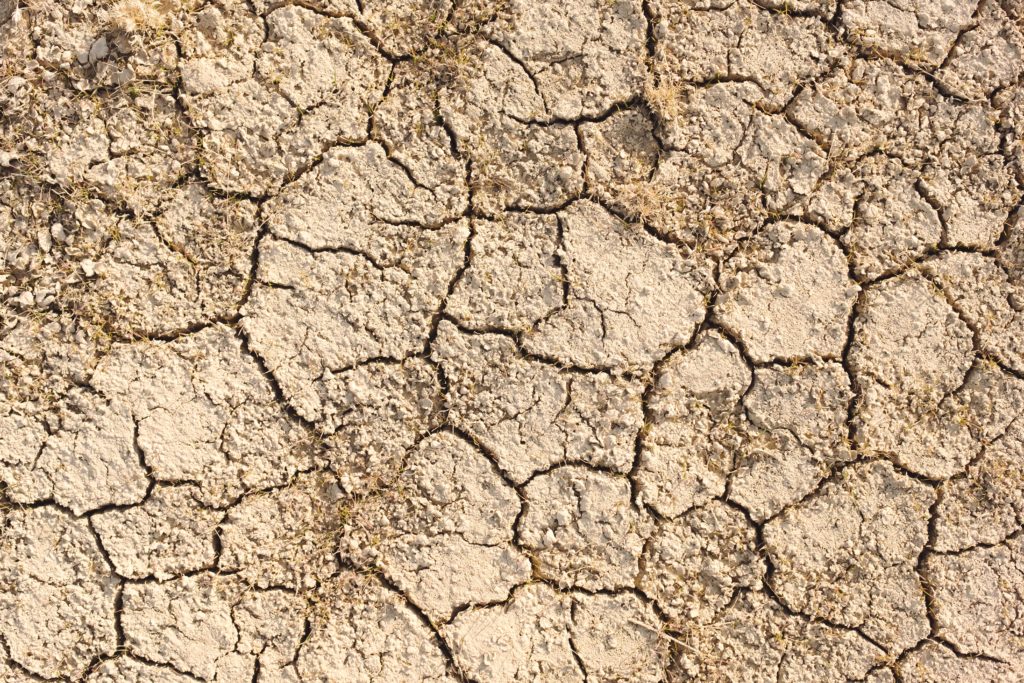Global warming potential is a way of measuring the heat absorbed by any greenhouse gas in the atmosphere, as a multiple of the heat that would be absorbed by the same mass of carbon dioxide. Global warming potential is 1 for CO₂. For other gases it depends on the gas and the time frame. Carbon dioxide equivalent is calculated from global warming potential.
This way of measuring greenhouse gases is important because it allows us to compare different gases in terms of their ability to trap heat in the atmosphere. For example, methane has a global warming potential of 21 over a 100-year time frame, meaning that it traps 21 times more heat than an equal mass of carbon dioxide would over the course of 100 years.
Greenhouse Gases & Global Warming
Greenhouse gases are gases that trap heat in the atmosphere. They do this by absorbing infrared radiation, which is a type of heat energy. Greenhouse gases include water vapor, carbon dioxide, methane, nitrous oxide, and ozone.
Carbon Footprint
A carbon footprint is the amount of carbon dioxide that is emitted into the atmosphere as a result of the activities of an individual, organization, or event. The size of your carbon footprint depends on many factors, including the way you get around, what you eat and drink, what you buy, and how much energy you use at home.
Earth’s Atmosphere

The Earth’s atmosphere is made up of 78% nitrogen, 21% oxygen, and 1% other gases. These other gases are called greenhouse gases because they trap heat in the atmosphere and make the Earth warm. Carbon dioxide is the most important greenhouse gas. It makes up about 0.04% of the atmosphere. But it’s responsible for trapping about 20% of the heat that would otherwise escape into space.
Water vapor is the next most important greenhouse gas. It makes up about 0.25% of the atmosphere and is responsible for trapping about 60% of the heat that would otherwise escape into space. The other greenhouse gases are much less common in the atmosphere but they are very important because they trap a lot of heat. For example, methane makes up only 0.00017% of the atmosphere but it’s responsible for trapping about 20% of the heat that would otherwise escape into space.
Greenhouse Effect
The greenhouse effect is the process by which these gases trap heat in the atmosphere. Greenhouse gases absorb infrared radiation and re-emit it in all directions, including back towards the Earth’s surface. This trapped heat makes the Earth’s atmosphere warm and is the main reason why the Earth is habitable.
Anthropogenic Greenhouse Gases
Anthropogenic greenhouse gases are greenhouse gases that are emitted by human activity. The most important anthropogenic greenhouse gas is carbon dioxide, which is released when fossil fuels are burned. Other important anthropogenic greenhouse gases include methane, nitrous oxide, and fluorinated gases.
Fossil Fuels & Global Warming
Fossil fuels are a type of rock that contains energy from the past. They were formed millions of years ago from the remains of plants and animals. Fossil fuels include coal, oil, and natural gas. When we burn fossil fuels, we release the carbon dioxide that they contain into the atmosphere. This carbon dioxide is a greenhouse gas and it contributes to the greenhouse effect and global warming.
Carbon Dioxide
Carbon dioxide is a colorless, odorless gas that is released when fossil fuels are burned. It makes up about 0.04% of the Earth’s atmosphere. Carbon dioxide is the most important anthropogenic greenhouse gas because it contributes to global warming more than any other gas.
Methane
Methane is a colorless, odorless gas that is released when organic matter decomposes in the absence of oxygen. It makes up about 0.00017% of the Earth’s atmosphere. Methane is the second most important anthropogenic greenhouse gas because it traps more heat than carbon dioxide, contributing to global warming.
Nitrous Oxide
Nitrous oxide is a colorless, odorless gas that is released when nitrogen-containing fertilizers are used. It makes up about 0.00005% of the Earth’s atmosphere. Nitrous oxide is the third most important anthropogenic greenhouse gas because it traps more heat than methane.
Fluorinated Gases
Fluorinated gases are a group of man-made gases that contain fluorine. They are used in a variety of applications, including refrigeration, air conditioning, and manufacturing. Fluorinated gases are very potent greenhouse gases and they can stay in the atmosphere for thousands of years, maximizing global warming potential.
Global Warming
Global warming is the name given to the gradual increase in the Earth’s average surface temperature. The main driver of global warming is the increased emission of greenhouse gases from human activity. These greenhouse gases trap heat in the atmosphere and cause the Earth’s average surface temperature to rise.
Climate Change

Climate change is the name given to the long-term changes in the Earth’s climate. Climate change is caused by global warming, which is the gradual increase in the Earth’s average surface temperature. The main driver of global warming is the increased emission of greenhouse gases from human activity.
The Earth’s climate has changed a lot over the course of its history. The most recent period of significant climate change was the last ice age, which ended about 12,000 years ago. Since then, the Earth’s climate has been relatively stable. However, over the past hundred years or so, there has been a gradual increase in the Earth’s average surface temperature. This increase is largely due to the increased emission of greenhouse gases from human activity.
Climate Change Mitigation
Climate change mitigation is the name given to the efforts to reduce the emission of greenhouse gases and other pollutants in order to slow down or stop global warming climate change. Mitigation strategies include reducing energy consumption, switching to renewable energy sources, and planting trees.
Climate Change Adaptation
Climate change adaptation is the name given to the efforts to adapt to the changing climate and global warming. Adaptation strategies include developing drought-resistant crops, building flood-resistant infrastructure, and relocating people away from coastal areas.
Carbon Offsets & Global Warming
Carbon offsets are a crucial tool in the fight against global warming climate change. Carbon offsets are credits that can be purchased by businesses and individuals in order to offset their carbon emissions. The money from the sale of carbon offsets is used to finance projects that reduce greenhouse gas emissions.
Carbon offsets are a key part of many climate change mitigation strategies. They provide a way for businesses and individuals to offset their emissions without having to make drastic changes to their lifestyle or business practices.
Climate Change Impacts
Climate change is having a significant impact on the Earth and its inhabitants. The most noticeable impacts of climate change include global warming, sea level rise, and changes in precipitation patterns. These impacts are already being felt by humans and other species around the world and they are expected to intensify in the future.

